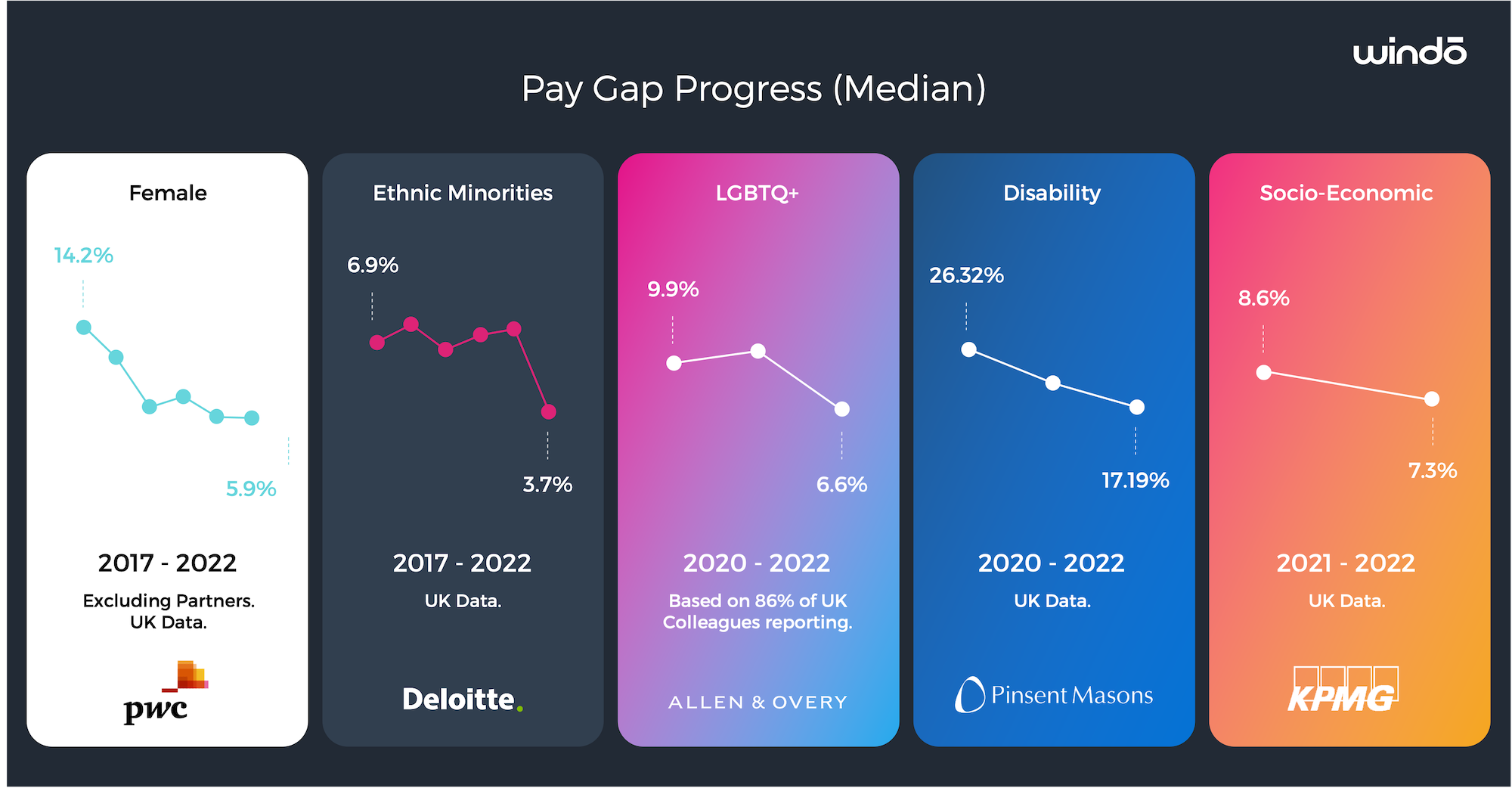International Equal Pay Day 2023
In 2019 the UN General Assembly declared 18 September International Equal Pay Day. Organisations use the “Pay Gap” to measure the difference in average earnings or income between different groups of people. The most commonly discussed pay gap is the gender pay gap, which highlights the disparities in earnings between men and women. However, pay gaps can also exist based on other factors such as ethnicity, disability, LGBTQ+ and socio-economic background.
Using data held on Windo we’ve taken a look at five companies that are leading the way in reducing their pay gaps including PwC for gender, Deloitte for ethnic minorities, Allen & Overy for LGBTQ+, Pinsent Masons for Disability and KPMG for Socio-Economic. We’re yet to see pay gap data for Veterans but expect this to be reported on by pioneering organisations in the coming years.

At Windo we cover the median pay gap where possible because it provides a more accurate representation of income disparities within an organisation than the mean (average) does. Here’s why reporting on pay gaps using the median is valuable:
-
Reduces the Impact of Outliers: The median is less affected by extreme values or outliers in the data compared to the mean. Outliers, such as extremely high executive salaries, can skew the mean significantly. By using the median, the impact of these outliers is minimised, resulting in a more robust and representative measure of income distribution.
-
Reflects the Middle Ground: The median represents the middle point of a data set when it’s ordered from lowest to highest. It’s the point where half of the values are above and half are below. This makes it a better indicator of the typical or “average” income for the majority of employees or individuals.
-
Highlights Income Disparities: Median pay gap reporting can reveal disparities in income distribution more accurately, especially in cases where there are significant income differences between a few high earners and many lower earners. It can help identify whether the majority of employees are being paid fairly relative to the few at the top.
-
Addresses Structural Issues: A wide pay gap between the median and top earners can indicate structural issues within an organisation, such as unequal opportunities or discrimination. By reporting the median pay gap, organisations and policymakers can identify these issues and take corrective actions.
-
Provides a Fairer Comparison: When comparing pay gaps between different groups or organisations, using the median is fairer because it’s less influenced by extreme variations. This allows for more meaningful comparisons and a better understanding of relative disparities.
-
Aligns with Equity Goals: Many organisations and governments are committed to achieving pay equity and reducing income inequality. Reporting pay gaps using the median is in line with these goals because it focuses on the income of the middle earners, which is often where disparities are most pronounced.
-
Transparency and Accountability: Median pay gap reporting increases transparency and accountability. It allows stakeholders, including employees, investors, customers, and the public, to better assess an organisation’s commitment to fair pay practices and social responsibility.

